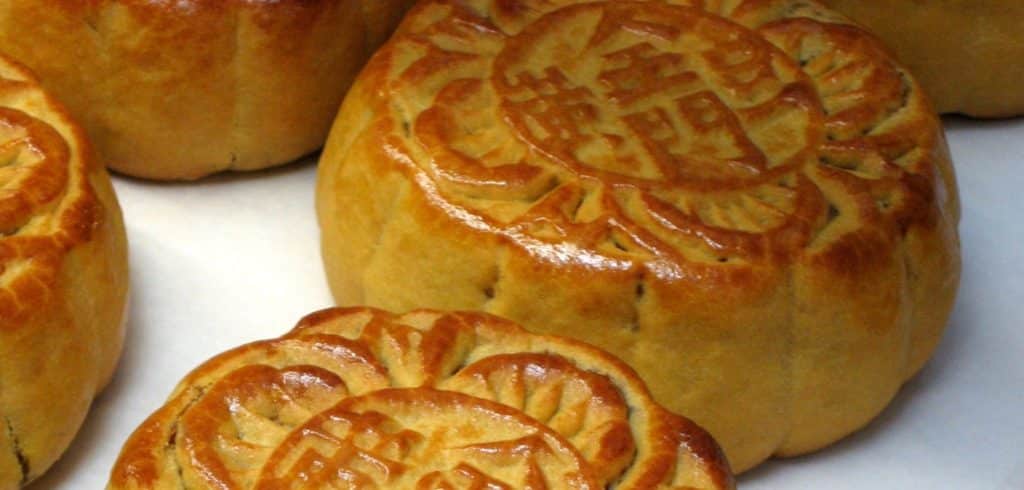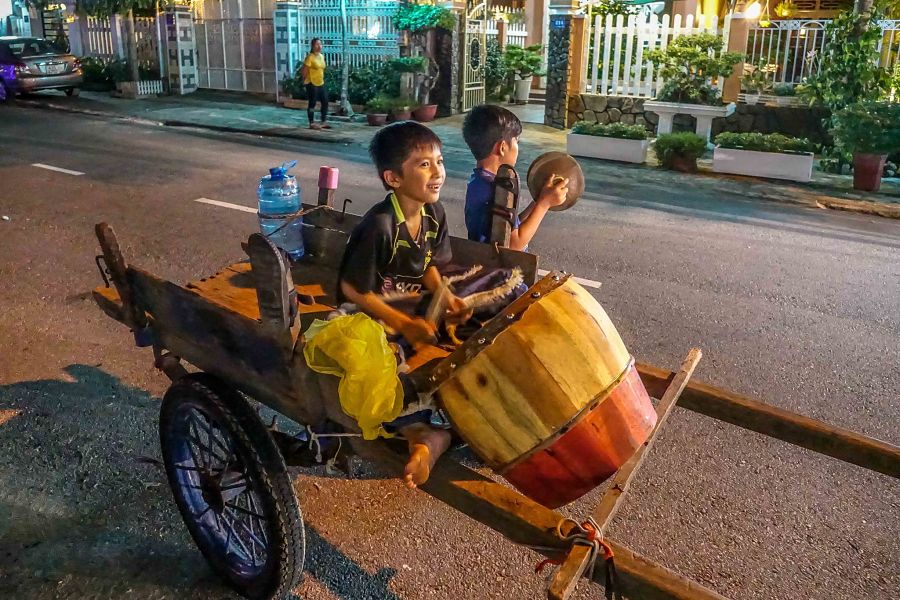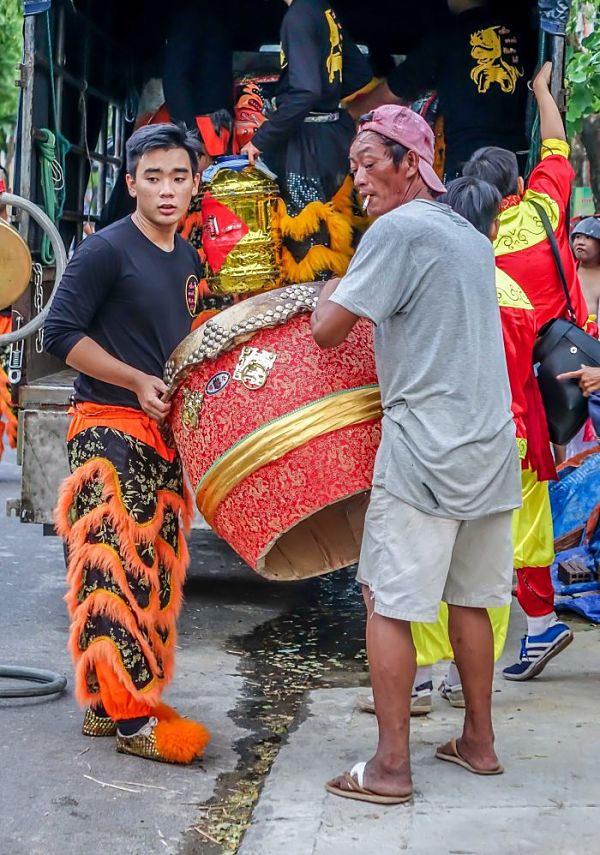Also known as the full moon festival, the Mid-autumn Festival is named “Têt Trung Thu” in Vietnamese. Traditionally, it is known as a children’s festival and it’s meant to mark the last harvest of the year as well. Throughout and before, parents will buy their children various lanterns, snacks and masks. For many Vietnamese people, this is their favorite time of year. It’s full of nostalgia, mooncakes, music and dance. But it is especially a time for reconnection and fresh beginnings as it marks the conclusion of another hardworking season. Vietnam celebrates this transition by spending time with loved ones.

History
Although it originated in China, Vietnam has its own Mid-autumn Festival traditions. Prominent amongst them is a story about a man named Cuội who held tightly onto a magical banyan tree as it floated to the moon. According to this tale, if you look at the full moon, you will see his shadow sitting under a tree. This is, according to some, why children parade lanterns in the streets on the night of the Mid-autumn Festival. They want to help Cuội find his way back to earth.
When is the Mid-Autumn Festival in Vietnam?
The Mid-autumn Festival occurs on the eve of the 8th full moon of the Lunar calendar. In 2020 it will take place on 1 October, in 2021 it’s on 21 September, and in 2022, 10 September is the lucky day.
How is the Mid-Autumn Festival celebrated?
The weeks just prior to the mid-Autumn Festival bringing in the last harvest of the year are all important. But once the festival date arrives and the work is finished it’s a time for parents to spend time with their children and offer prayers of gratitude.
Typically, you will find these activities taking place:
Worshipping the God of Earth: A worshipping platform will be set up in the home during the night, and mooncakes, fruit and snacks will be offered. Family members may sit together and enjoy the food under the moon together.
Carrying Carp-Shaped Lanterns: You’ll find children parading carp-shaped lanterns through the streets. Legend asserts they are carp-shaped to ward off a homicidal carp spirit that’s afraid of its own image with a stick stuck in its belly! Others say more sedately that the carp shape symbolizes the moon – the home of the evil carp spirit as it happens – and the light within represents the moon god. Then as we’ve already seen, maybe the lanterns are paraded to help Cuội find his way home. Importantly, in every case, all roads lead to the moon.
Watching a Lion Dance Parade: Vietnamese children parade through the streets and dance lion dances to scare away unlucky and bad spirits. Households and businesses offer lucky money in return for the purging of their premises. Just listen for the distinctive drum beats of lion dance troupes all over town to track down a lion dance in action …
The drumbeats approach: smaller children cower and older ones rush forward as a ceremonial lion bursts into view, its massive head and lithe body transported by a team of acrobatic dancers.
With gaping mouth and wild, protruding eyes, the lion is both comical and frightening. The dancers lunge and leap, making the children scream and laugh at their antics. For Vietnamese children, the nights of the mid-Autumn Festival are about as good as it gets.*
In Hoi An many venture into the Old Town where drumming troupes and dancers wander the streets, performing in front of pagodas and businesses.
Food at the Mid-Autumn Festival
The most significant and common dish is mooncake, which will be offered to ancestors for worship, and then shared by the living, especially the children. The two types of mooncakes are bánh dẻo (soft, sticky cakes with a mochi) and bánh nướng (baked cakes with a thick wheat crust). During Mid-autumn Festival, mooncakes will be everywhere, in various colors, flavors and shapes.
*inspired by https://www.chinahighlights.com/festivals/mid-autumn-festival-in-vietnam.htm


